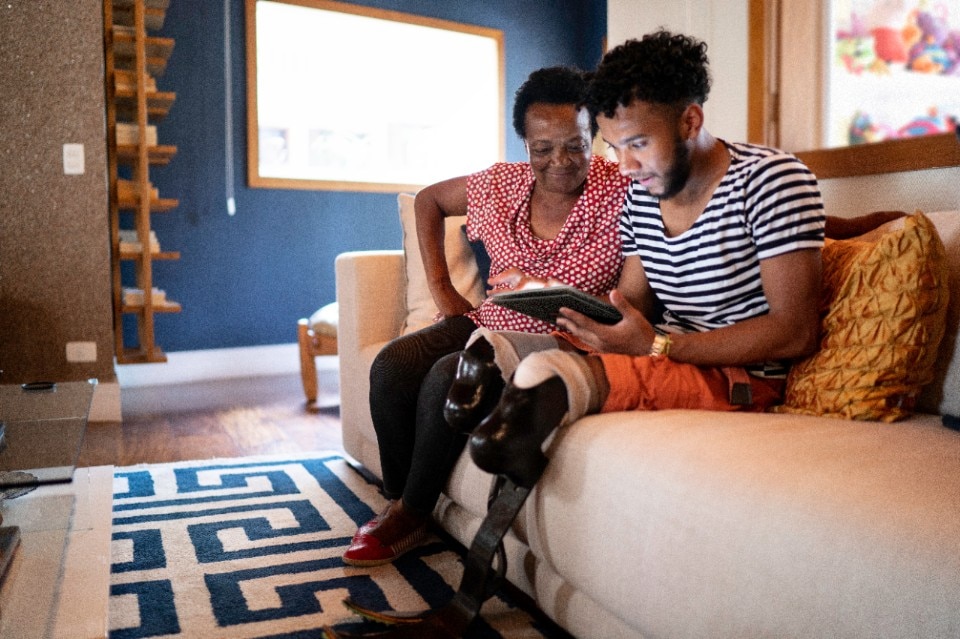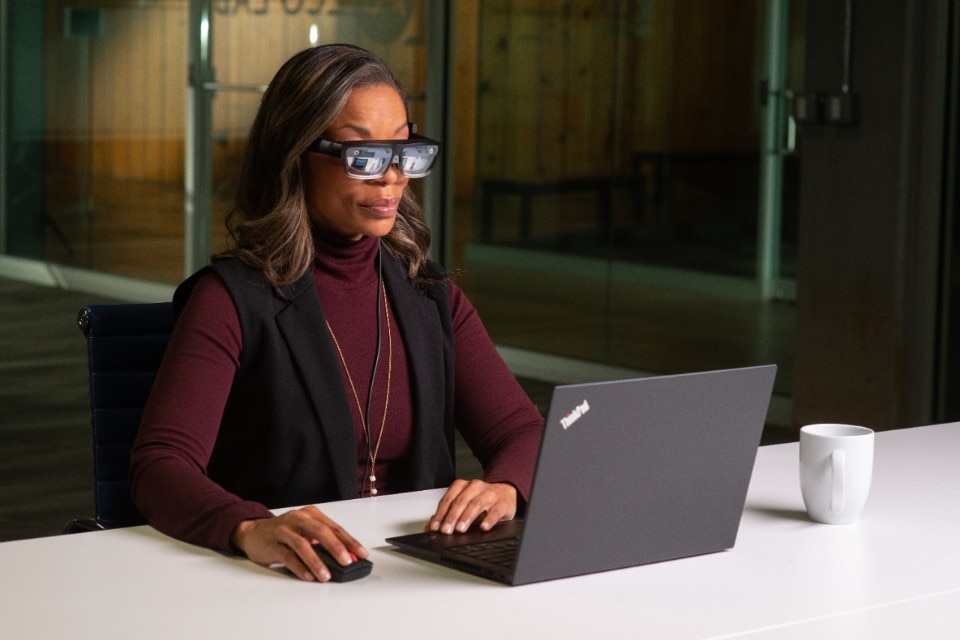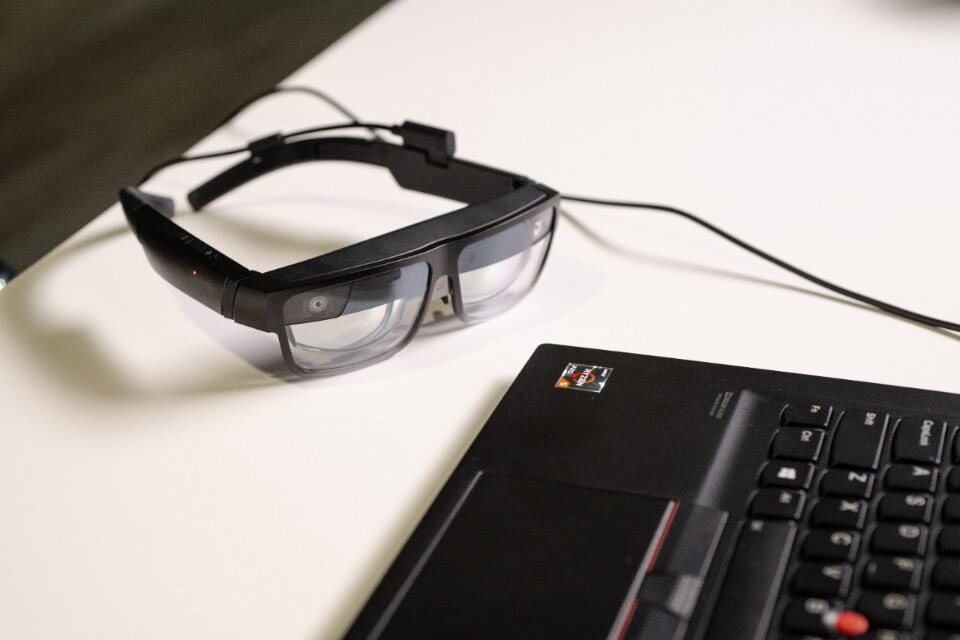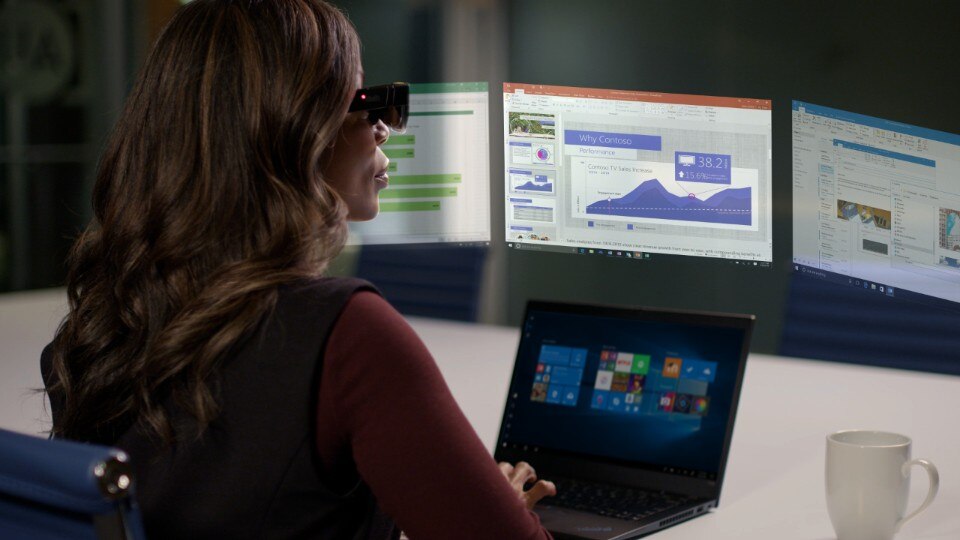In 2020, Lenovo established its first Product Diversity Office (PDO). The goal was to embed diversity and inclusion into the design and development processes of every product. Through all of 2021, the office explored new strategies for company-wide design reviews, audits, incident management, and innovation programs. The first results are in, and they’re encouraging. In this interview with DOMUS, Lenovo’s Chief Diversity Officer, Calvin Crosslin, and UX & Design Diversity chief, Ada Lopez, explain how the PDO is planning to move its work forward and how reviewing and tweaking design processes can organically entwine concepts such as accessibility and inclusion into any product or service from the get-go.
Lenovo has been focusing on inclusiveness and accessibility for quite some time. What made the company decide it was time to group these efforts into a dedicated office, and what goals are you trying to achieve?
Ada Lopez (A.L.): Lenovo has been really focused on building a diverse workforce, and I think we’ve done an excellent job with that. The big story behind the PDO is that it was not enough anymore to have this great diverse workforce. We needed to ensure that our products also meet the needs of people from different backgrounds and abilities. We’re not just growing our workforce to have this diversity and representation. We wanted that for our products as well, and we thought that establishing a specific office was the best way to achieve that effectively.
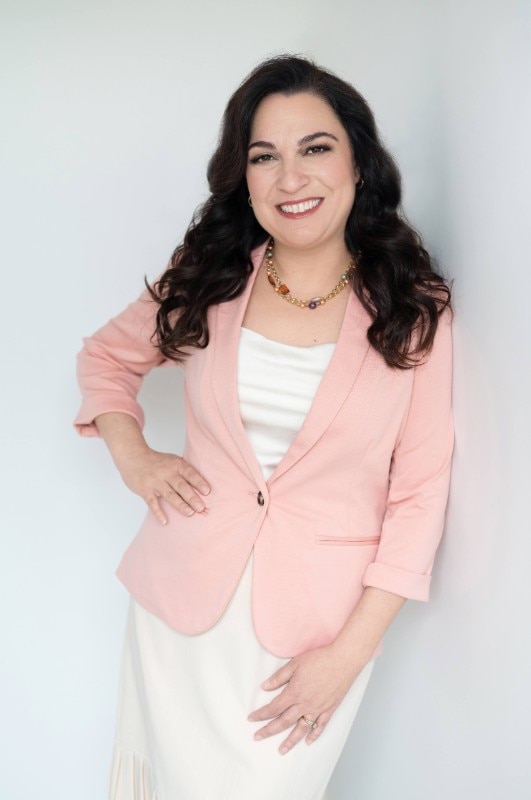
Calvin Crosslin (C.C.): As some of my VP colleagues say, the minimum bar is that we are involved in making sure we don’t have any products that we launched that are embarrassing to us. Right. Of course, this is kind of a minimum. Over time, the real aspirational goal is to make sure that Lenovo is known as a brand that puts accessibility first, and that’s why we try to have that embedded in our design process.

What procedures do you follow to ensure all the design and product teams align on diversity and inclusion matters? In other words, how do you get involved in the design process?
A.L.: So to get started, we work with development teams across our entire company. At the start, we ask them questions such as: are you developing a high-risk technology? Is the product that you’re designing new? Is it significantly different from the previous one? Does it include high-risk technologies that we know about like wearables, A.I. algorithms, facial recognition?
There is a growing awareness and a growing need to be more inclusive in general.
If we confirm there is risk, we ask them to complete an assessment and present their concept to our company-wide Volunteer Task Force. The task force has people from user experience and design, H.R., legal, software development, strategic enterprise compliance, research. We’re bringing in folks from across the company. The team reviews the concept and the user testing they’ve conducted already. We’re going to dive deep into the user testing that was already done. And if, from what we hear, we still have some diversity concerns, then we recommend that development team present a concept and their testing to the Diversity by Design Review Board. Again, this is an executive group with standing members from across the company.

The Design Review Board is slightly different from the task force, as it’s all executives taking part. The board votes on product readiness, and if the outcome is that the product is ready, no action is taken. If the outcome is more diversity testing is needed, we bring in our specialized researchers to execute a formal study. The outcome of the study is shared first with the development team. And then, the development team is allowed to make a remediation plan. The project goes in front of the diversity by Design Review Board again for a second vote on the study and remediation plan. That’s essentially the process.

How do you ensure that this new layer is not creating delays in the development of new products?
A.L.: I must say, we have a lot of education, advocacy, and support documents. Part of those support documents explain to our teams how this PDO process is built into their own processes. In addition to that, we’re taking steps right now to write the PDO process into their standing process so that it doesn’t cause those delays – that’s a very valid concern. We hear it; we’ve heard it from teams in the company. Our solution is to work together to embed it into the processes from the start to make it seamless. We need to think about diversity from the planning phases of product development because it is something too difficult to add later – it can’t be retrospective.
Diversity and inclusiveness can sometimes be politically charged topics, especially in the United States. How are people reacting to you coming in and trying to embed these concepts into ‘their’ processes?
C.C.: I would say, like anything else, people are at different points in the journey. Many folks want to reach out and want to help early on. I don’t think we have anybody that’s resistant to it. I think what happens sometimes, perhaps, is unintentionally getting down a path before you’ve thought about it. And that’s where we can try to interject early, early on, but I’d say most people want to do the right thing. I think everybody wants to do the right thing. And everybody wants to make sure that when we launch products, we’re proud of them. So I don’t think we get any real resistance.
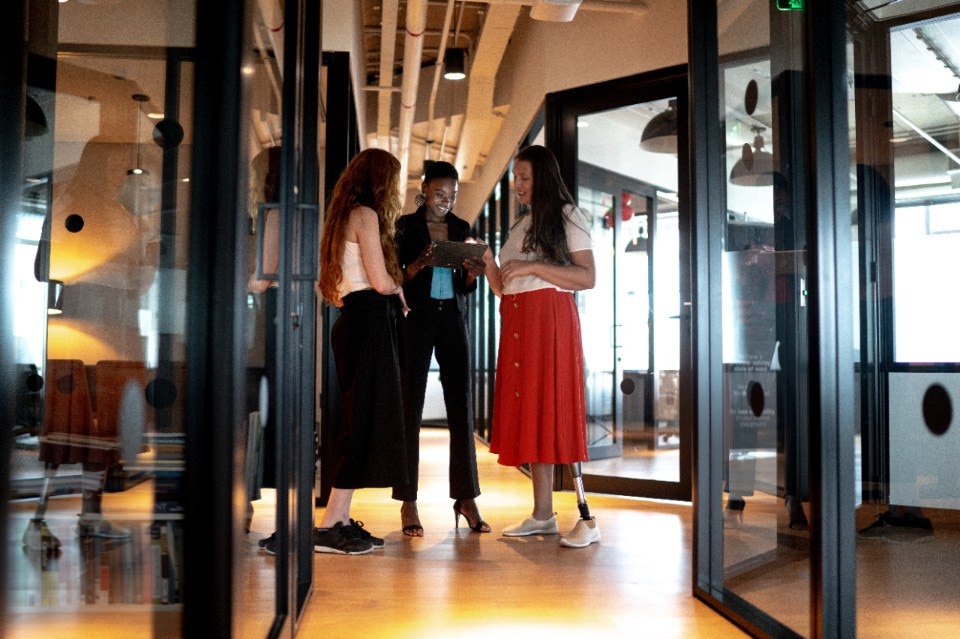
A.L.: I’ve had the opportunity to talk about the product diversity office in different groups within the company and globally. And it’s been amazing. Different people are indeed at different points in their journey. However, so many people actually want to volunteer for the PDO. They ask what they can do for the PDO, and so on. There’s so much excitement! There’s a general acknowledgment that this is the right thing to do, and there’s a will to help – I think that’s one of the beautiful things about living in this day and age. There is a growing awareness and a growing need to be more inclusive in general.
Can you share some examples of products that you have reviewed and helped make more inclusive and accessible?
A.L.: We have already had many products come in for review. They’re at different stages – we call them phases. Most of the time, the teams are doing what they’re supposed to be doing, and we don’t make many recommendations. Other times we have to initiate the whole research process. For example, we did look at the Lenovo Voice assistant. In that case, there were not many changes to make. We looked at their user testing, we looked at the tools they were using, and there were not a lot of recommendations to make. We vetted that product, and it came out really well. The next product that we vetted was our virtual reality [Lenovo Explorer] headset. We had a little bit more input to give because we needed to make sure that it was fully functional for all types of users, that you can mount the wearable on your body, and that it would work with diverse hairstyles, hair textures, head shapes. We made sure that we were testing on different types of people. When the product first came in, it hadn’t had that diverse user testing. So the PDO had an opportunity to really make an impact there.
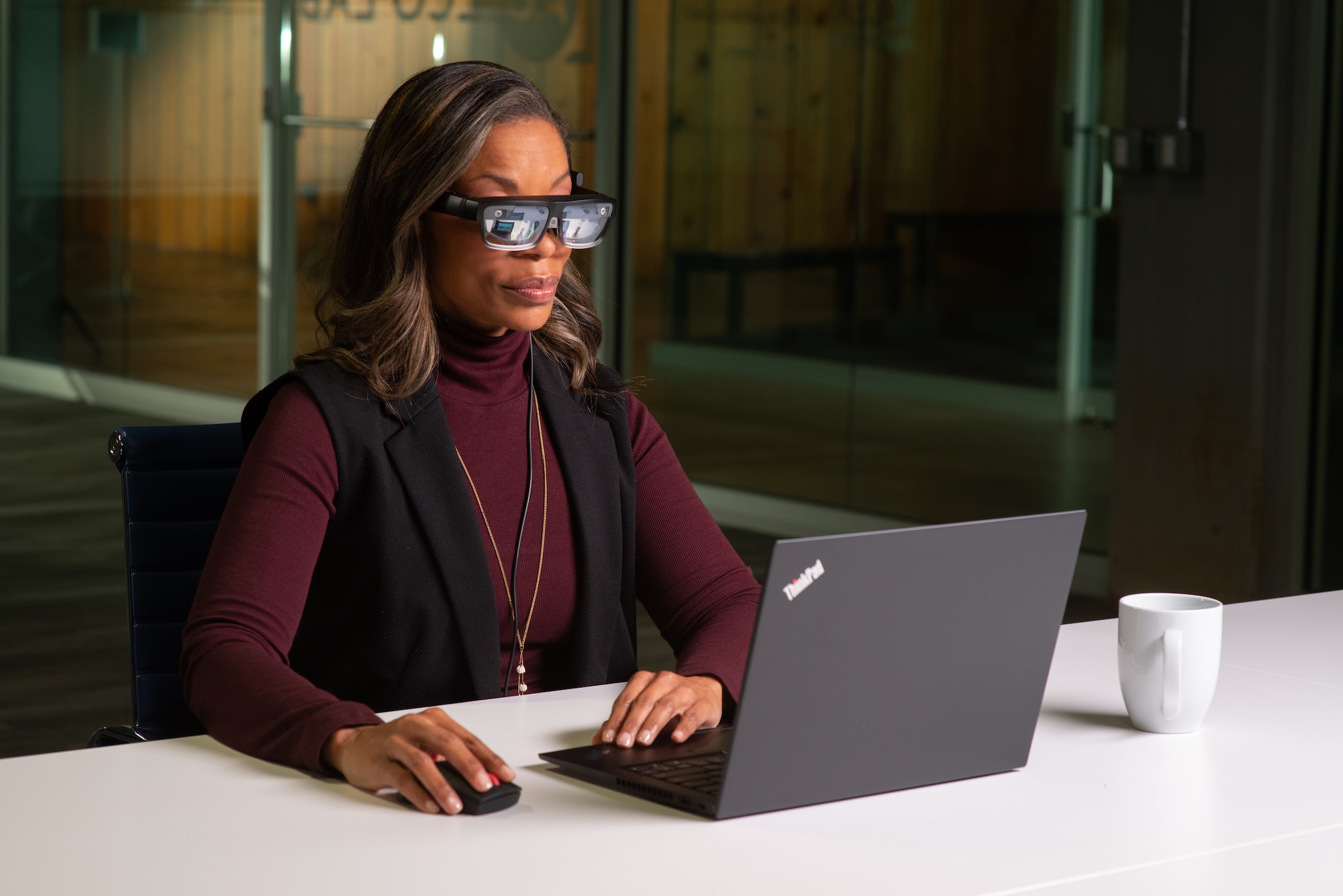
Making products accessible and inclusive is also about accepting new design constraints. How do you prioritise when those constraints clash with other business decisions during the product’s go-to-market strategy?
C.C.: I was discussing this very topic with our CFO just recently. We probably need more folks from business development because one of the most important things that some of our leaders will want to see is a return on investment. Sure the bottom line of ‘we don’t want to embarrass ourselves’ is easy, but some other values of this process are more difficult to quantify. We believe that if we add some people with a business development background, we can translate some of these ideas into a possible return on investment, whether in terms of revenue, market share, or brand recognition. At this point, we’ve been very, very focused on the technical and engineering aspects of development. But with proving a return on investment, leaders are often more likely to give you investments in terms of headcount and funding to do more.

A.L.: There’s also another aspect. Lenovo has the most brilliant product managers in the industry. And that’s exactly what they do: they look at the specs, they consider the trade-offs, and they advocate for us as we work closely with them on every team. They say, “these are the things that make us inclusive and accessible, and this is the cost – how do we reach that compromise?” That’s part of the relationship that the PDO is building, and we understand how essential these product managers are!
Do you think Lenovo would see the accessibility and inclusivity innovations you’re developing as strategic assets that the company should protect? Or is there an opportunity to share your findings and inventions with the industry in an open fashion, to help even competitors follow Lenovo’s journey?
C.C.: As I was saying before, sure, there have to be returns on investment at some level. And I think that’s why being able to quantify some of them is very, very helpful. But yeah, I would say that our aspirational goal is that we are regarded as world-class leaders of accessibility and inclusivity in the industry. A company that others would look up to for guidance and open sharing in this area.
I would say that our aspirational goal is that we are regarded as world-class leaders of accessibility and inclusivity in the industry.
A.L.: I want to share with you a recent episode about that! We just recently completed an extensive in-depth study on visual impairments. That study was presented to our leadership this week. And you know what the feedback was? It was that this study is so wonderful and important that we have to turn it into a white paper to share it with a much wider audience. Let’s make the world a better place for everyone – that’s the message we’re getting from our leadership.
Opening image: Generations. Courtesy Lenovo


